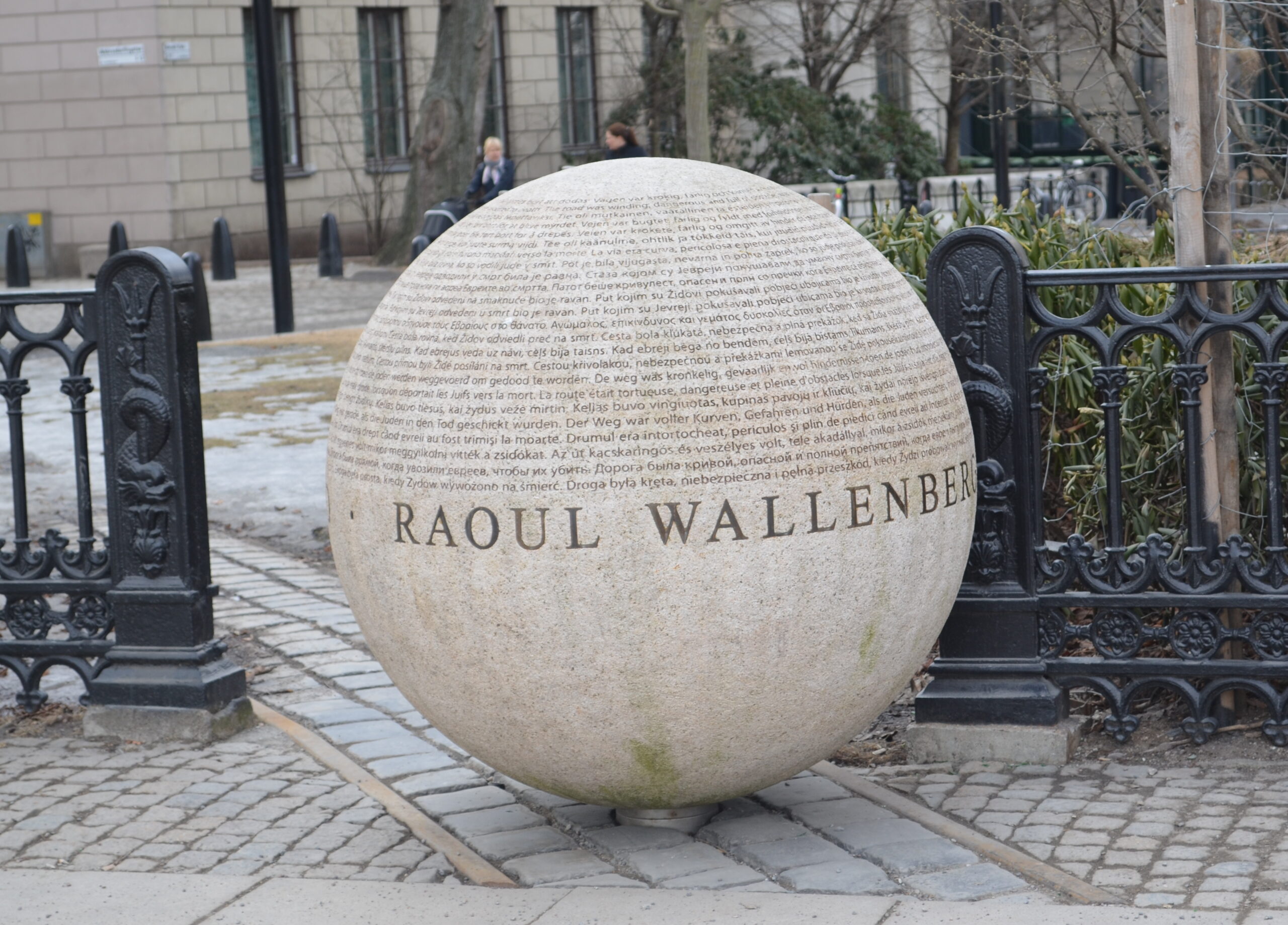In the darkness of the Holocaust, when humanity faced one of its most devastating chapters, heroes emerged who defied fear and hatred to save lives. One of these heroes was Raoul Wallenberg, a Swedish diplomat whose courage and determination allowed tens of thousands of Jews in Hungary to escape the Nazi genocide.
The Beginning of a Humanitarian Mission
Raoul Wallenberg was born on August 4, 1912, in Stockholm, Sweden, into an influential and affluent family. Trained as an architect and businessman, he never imagined that the course of his life would lead him to become one of the bravest saviors of World War II. In 1944, when the situation of Hungarian Jews became desperate due to massive deportations to extermination camps, the Swedish government, in collaboration with the United States War Refugee Board, recruited Wallenberg to lead a rescue mission.
Rescue Operation in Budapest
Arriving in Budapest in July 1944, Wallenberg witnessed the terror imposed by the Nazis on the Jewish population. Thousands of men, women, and children were deported to Auschwitz daily. Determined to act, Wallenberg used his diplomatic position to issue “protective passports,” documents that identified the holders as Swedish citizens and, therefore, under the protection of the Swedish government. These passports, although not officially recognized by the Nazis, saved countless people from being deported.
Wallenberg didn’t limit himself to bureaucracy. With extraordinary bravery, he openly defied SS officers, demanding the release of deportees with Swedish passports. On several occasions, he presented himself at trains carrying Jews to their deaths, boarding the cars and distributing protective documents to desperate individuals. He often faced death threats but never backed down.
Establishing Safe Houses
In addition to passports, Wallenberg set up a network of “safe houses” throughout Budapest, which operated under the Swedish flag and served as shelters for thousands of Jews. These houses became a symbol of hope amid despair, and Wallenberg worked tirelessly to ensure that their residents had food, medical care, and the protection needed to survive.
Legacy and Sacrifice
Despite his heroic efforts, Raoul Wallenberg’s story ended tragically. When the Soviet Red Army liberated Budapest in January 1945, Wallenberg was arrested by Soviet authorities on suspicion of espionage. He was taken to Moscow and disappeared without a trace. Despite numerous international efforts to determine his fate, it was never confirmed what happened to him. The latest evidence suggests he died in a Soviet prison in 1947, but his legacy lives on.
A Hero to Remember
Raoul Wallenberg saved more than 100,000 Jews with his courage and determination. He has been posthumously honored worldwide, and his name is synonymous with heroism and compassion. His story is a powerful reminder that, even in humanity’s darkest moments, a single individual has the power to make a monumental difference.
Wallenberg represents the best of the human spirit: the willingness to risk everything for the well-being of others. His example continues to inspire generations to defend justice and fight for human rights, even when the personal cost is immense.



